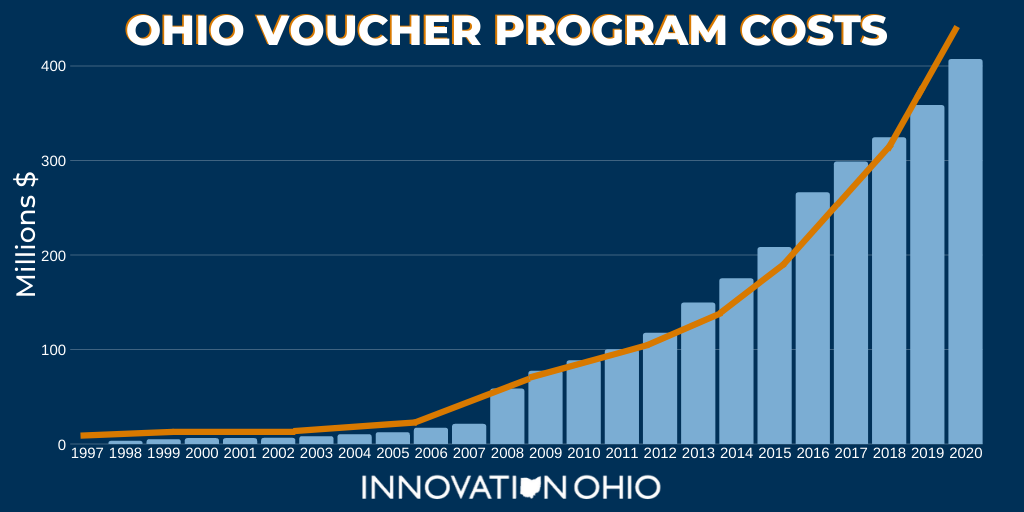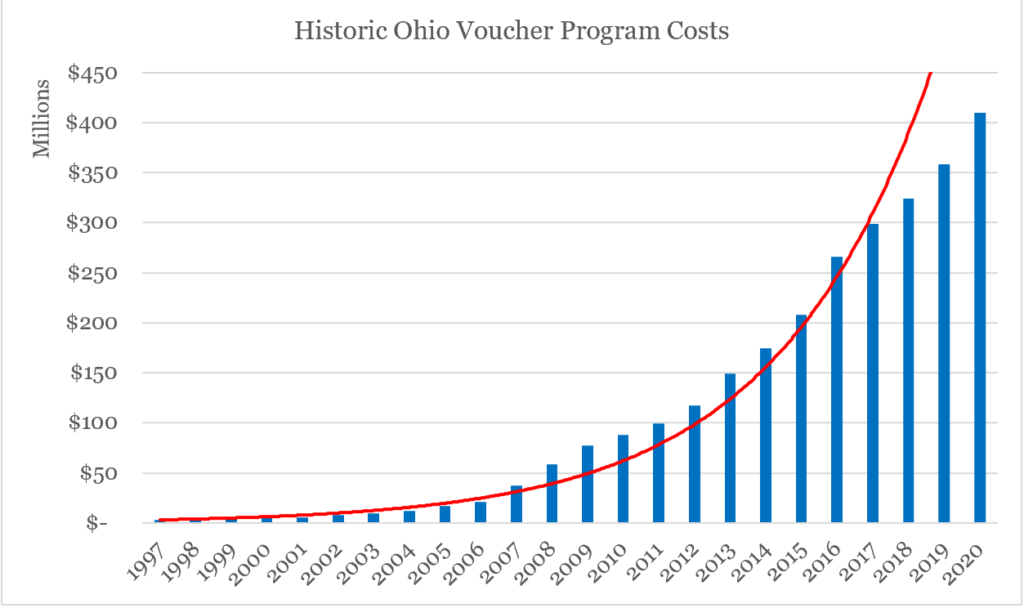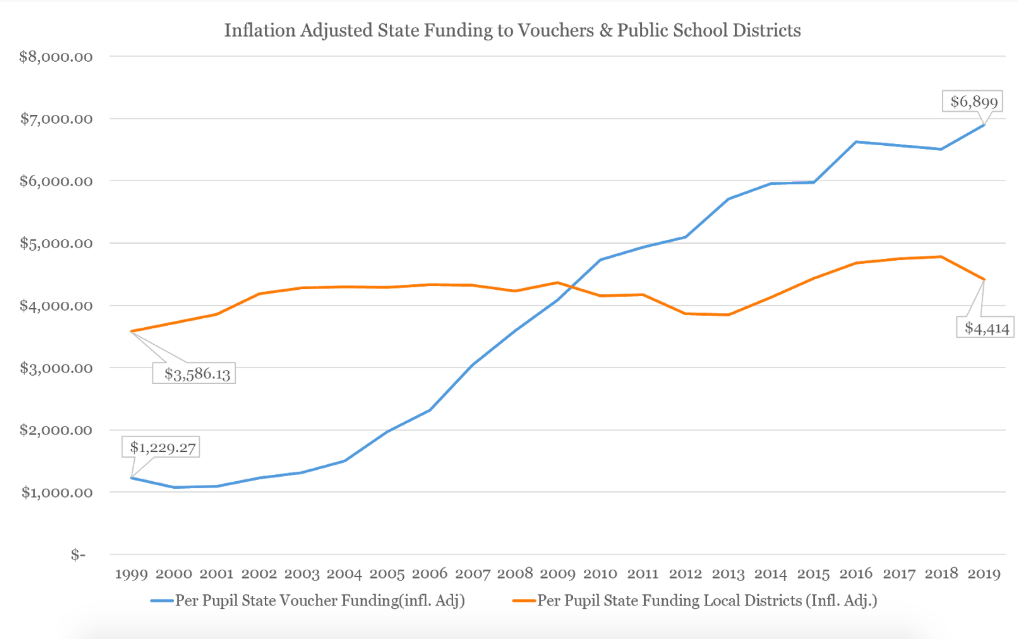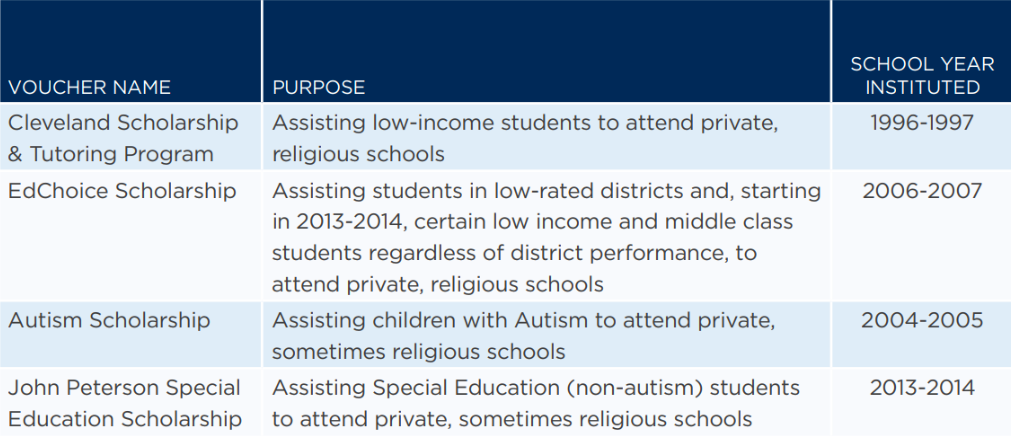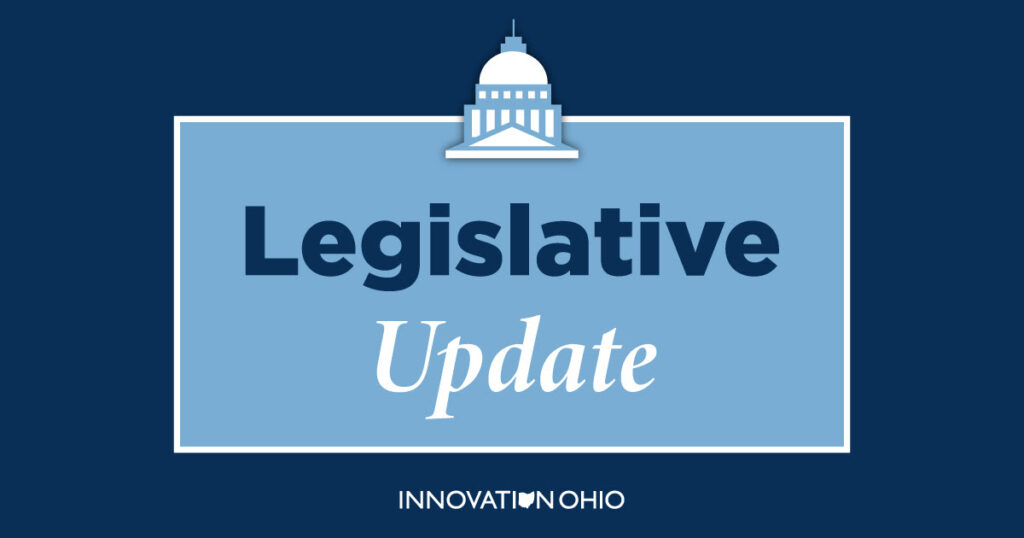
Still operating without a mask mandate as at least two lawmakers have tested positive for COVID-19 after attending committee hearings and session, it appears that things are still business as usual at the General Assembly this week. Two days of hearings are scheduled on dozens of bills as the House and Senate work to wrap up the 2019-2020 legislative session.
Ironically — as COVID keeps some lawmakers away from the building — the agenda once again are more bills to strip power from the Governor to control the pandemic. Republicans also seem intent on moving multiple bills that would loosen Ohio gun laws, including proposals to eliminate the Duty to Retreat in armed conflicts (also know as “Stand Your Ground”).
A detailed list of committee hearings we’re watching is provided below, but bills we are watching this week include:
- Rollbacks of COVID-19 public health orders (SB374 and HB621), elimination of statewide mask mandate (SB387) and changes to testing data requirements (HB624)
- HB6 repeal (HB798)
- Stand Your Ground (HB796, SB383) and Concealed Carry (HB425) gun bills. … see “Statehouse Meetings and Events” below for a full rundown of the committee hearings and events we’ll be watching this week
The following bills were introduced since our last update. You can keep an eye on all the bills we’re tracking here.
New Legislation This Week
- House Bill 798 (Hoops) – Nuclear Subsidies – to delay for one year the charges and payments for nuclear resource and renewable energy credits, and revise certain other laws, enacted by H.B. 6 of the 133rd General Assembly, to amend Power Siting Board law and other electric utility law, to prohibit certain restrictions on solar energy systems, and to declare an emergency.
- House Bill 799 (Reineke, Lang) – Face Masks – to terminate certain provisions of the “Director’s Order for Retail and Business Compliance for Facial Coverings throughout the State of Ohio,” issued on November 13, 2020, and to declare an emergency.
Take Action to Keep Democracy Open
- Tell Senate Leader Obhof and House Speaker Cupp to make virtual testimony available as an option for policy experts and everyday Ohioans to safely participate in committee hearings at allontheline.org/OHTestimony
- Copy & share this tweet from your personal account calling for virtual testimony. Or write your own tweet sharing the link to take action at allontheline.org/OHTestimony:
We want options for virtual testimony at the Statehouse to #KeepDemocracyOpen by making the process
✅ Healthy & Safe
✅ Transparent & Fair
✅ Accessible to all of us!
➡️ allontheline.org/OHTestimony


